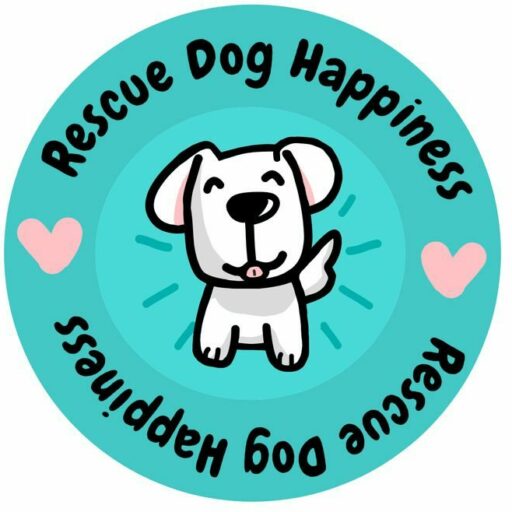Contents
Speak with Your Dog in their Language
Can you really speak with your dog? Just like their humans dogs communiate with body language . Wagging tails, perky ears and prickly fur.These are all signs of a canine speak. Discover how to understand your canine and make the bond ever closer! It’s no secret that dogs are amazing creatures, they are loving, loyal and full of fun. If you want to take a deeper peek into the life of a dog then learn how to speak dog, a cool way to communicate with your canine.
Do All Dogs Use Body Language
Yes, all dogs use body language, while some dogs are more subtle, while others are very expressive. A dog will show love and affection easily, on the other hand when they are in pain they try to hide it. Hiding any weakness is a natural part of self preservation. This is important to notice in all dogs, and, why it’s important to speak with your dog.
Note: If you have adopted a rescue dog or one that has suffered neglect, learning to speak with your dog can be extra important as many are especially good at hiding their pain. But to answer the question, yes, all dogs do use body language.
When I adopted my dog, Jamie, I observed that had guarding issues that he used in the past as a survival mechanism. And, by learning his body language, I have been able to help him. Honestly, understanding your dog’s signs of passing on information will help you to understand their needs.
Learning what your dog is saying
Can you tell when your pooch is happy or sad? Are you aware that a wagging tail doesn’t always mean that your dog is happy? Do you know when your rescue dog yawns, it doesn’t mean he’s ready to rest?
By identifying the signals of your rescue you’ll be able to speak and connect with your dog. Each part of your dog passes information, so the next time you look at your pooch, try getting some information from his body positions.
Eyes of your dog
Similar to people, the eyes speak volumes. In your dog relaxed eyes with small pupils in the middle likley mean that your dog is calm. While dilated pupils say that your dog is scared or aroused. A frightened dog will also stiffen his body and widen his eyes.
Once you see such signs in your dog, understand that the dog is trying to explain something important to you and, from there, know the right thing to do to sustain or help his situation.
Tails Tell a Tale
If your pooch has a short tail, it might be hard to read the signs; therefore, opt to look at the rest of his body’s language.
Note that a circular tail wag and a lowered tail that moves quickly back and forth is a happy greeting, a possibility that your dog is delighted to meet you. A tucked tail is a sign of panic or uneasiness.
Dog Ear Signs
Yes, I know that you speak through your dogs ears, but to do it even better watch for the signs your rescue dogs years are telling you.
Dogs have ears with various sizes and shapes. Short, floppy ears are easy to read while large hound ears are relatively hard to read.
However, this is what you should look out for: Ears that are tilted backward indicate compliance or worry; the ones held forward and high indicate concern or confidence, and ears that are pinned back show fear or worry.
Dog’s fur
A dog can use its fur to try and pass some information to you, therefore in some circumstances, always be keen when looking at your dog’s body hairs.
A raised fur is commonly known as ‘hackles’ is usually increased by different dogs for different reasons. These include excitement, fear, shock, or the act of being defensive. When your dog is in a state of distress or confusion, you’ll realize the fur on his shoulders or at the tail end is raised.
Dog Mouth
Understand that a quick lip-licking and yawning can be calming signs for your dog. This reaction can tell you that your dog is cautious or trying to calm a particular situation. Other calming signals are your dog pulling his lips taught.
When a dog is almost attacking, he will make a warning by pulling his lips back and growl. However, this should not make you punish your dog since it is his way of communicating, and if you do, next time, he may bite without warning.
Most calming signals happen so fast before the person around the dog notices. However, most calming signals are meant to announce stress and avoid conflict with you or his fellow dogs. Therefore once you see your dog shaking his body or head, turning his head away, walking in a curve or slowly, try and give him space.
Are You Ready to Speak with Your Dog
By now you’re probably having a few aha moments; recognizing some of the signs that your dog displays. Now, its time to have some fun, take what you learned and speak with your dog.
